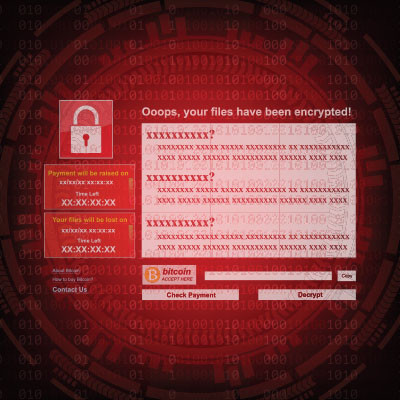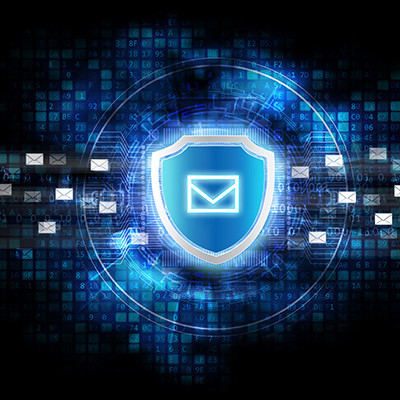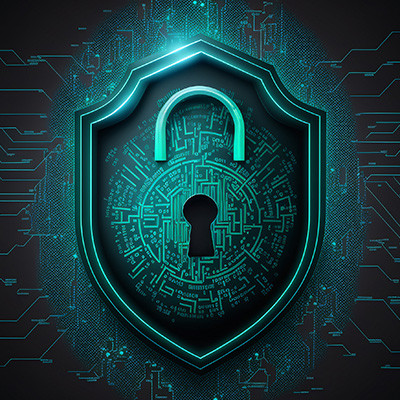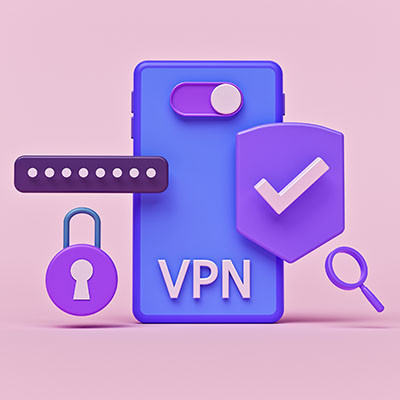ImageSys LLC Blog
Smart devices have found their way into most businesses' IT infrastructures, as they offer convenience and efficiency that others do not. However, they also bring with them a certain security risk. These Internet of Things devices do not have the same security features as their business-grade counterparts, making them ideal targets for hacking attacks.
With the advent of streaming media, more people have access to entertainment than ever before. They watch real stories unfold right before their eyes through the lens of a documentary or biopic, offering perspectives that they might not have otherwise gotten had they engaged with the story through a different lens. These dramatized documentaries can be remarkable wellsprings of information, and you might be shocked by how much you can learn just by committing a couple of hours of your day to one.
Ransomware is a real problem; I mean, a real problem. Not only does it create serious problems for any organization that is victimized by it, it is about to be a completely pervasive problem for everyone. It is extremely important for your organization to take the threat of ransomware seriously by implementing a strategy to keep it from being an issue. Today, we offer a three-pronged approach to doing just that.
It’s easy to think of email as something that just works. You open up Outlook or log into Gmail and your mail is there. Most people aren’t even aware of the vast, complex set of systems required for email to even work—and we don’t blame you. It’s extremely complicated.
That being said, if nobody is actively managing your email, providing protection for the underlying technology, and making sure that it was and remains configured properly, it’s possible that your email could be working fine while opening you up for unseen threats.
Cybercriminals aren’t looking to play fair against businesses. They don’t care how big or small you are, they don’t care about what services you provide, or what good you offer for the community. You could be a children’s hospital or a single mother selling homemade mittens out of your dining room, you could be a school, an assisted living facility, or a Fortune 500. Either way, your organization is an equally viable target for cybercriminals.
With Cybersecurity Awareness Month just around the corner, now seems to be the appropriate time to consider your own business’ cybersecurity. While there are many, many factors that contribute to how protected your business is against threats, one of the most impactful and insidious is how receptive your employees are (or aren’t) to security-centric behaviors.
Cybersecurity is a complicated beast. Not only do you have to be sure that you’re protected from threats coming from outside your business, there are also a few very real threats that can originate from inside your business, too. Both are critical to prevent, which can be quite effectively accomplished via a zero trust approach to your security.
Is your business prepared to handle the many challenges that come from remote work, chief among them security? If you aren’t, then the transition to remote or hybrid operations is going to be a rough one, to say the least. Let’s discuss how you can implement secure remote or hybrid work policies that are sure to protect your business now and in the future.
Network security is a constant problem for many organizations, and it’s mostly because of the many advanced threats that make their homes on the Internet. Businesses who don’t have dedicated IT resources or security professionals do not know how to handle network security or appropriately protect their assets. Let’s examine some of the more common threats that your business should be prepared to address.
Believe it or not, someone can actually purchase access to your organization’s network under the right circumstances. This is the unfortunate reality that we live in, where the commoditization of data and network access has become a real problem. According to a study from KELA, hackers can sell access to compromised networks for a pittance compared to the amount of work you have invested in building your business. Therefore, you must do everything in your power to protect your network and prevent this from happening.
The term firewall is not a new one, and it’s not as old of a term as you might think. Before it became commonplace in the computing environment, it was first introduced to the world in 1983 when it was used in a movie titled WarGames. Nowadays, it is used mostly in regard to network security. Let’s take a look at what a firewall does and what the different types of firewalls do.
Ransomware has taken over the security industry, as we are sure you have seen from the endless headlines associated with it. All business owners must remain cognizant of the dangers that ransomware represents. A new study has found that organizations infected by ransomware that wind up paying the ransom are not necessarily better off--in fact, paying the ransom could have disastrous consequences.
One of the most valuable things for a business to know, in terms of its cybersecurity, is how vulnerable it is to breaches and exploits. This kind of information can be gathered via a process called penetration testing, or “pen testing.” Let’s go over how the average pen test is conducted to see how these insights are collected.




















